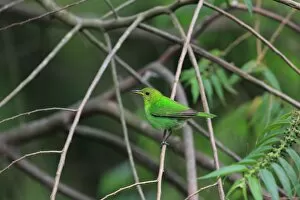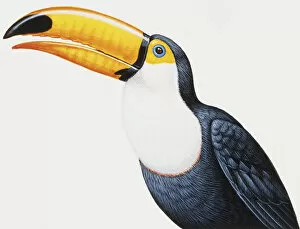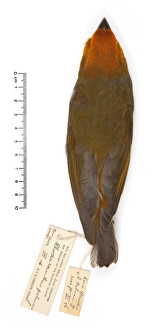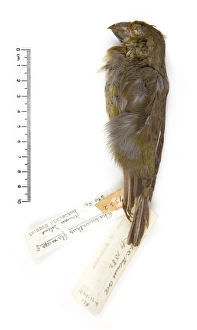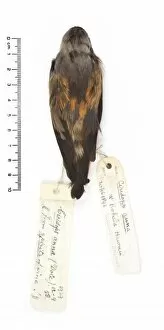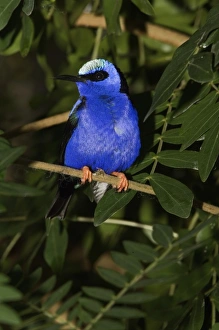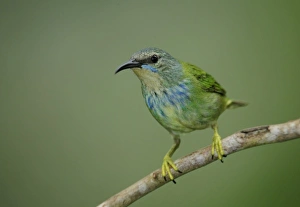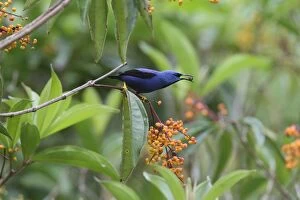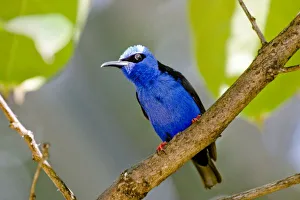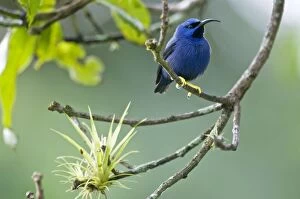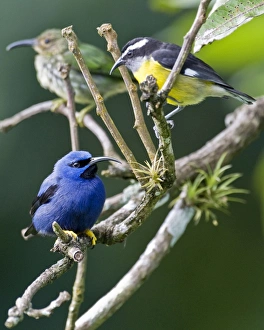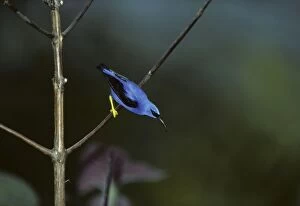Honeycreeper Collection (page 2)
The honeycreeper family is a diverse group of birds known for their unique and specialized beaks
All Professionally Made to Order for Quick Shipping
The honeycreeper family is a diverse group of birds known for their unique and specialized beaks. In a series of stunning illustrations, we get a glimpse into the fascinating world of these colorful creatures. First up is the Akaipolaau, with its distinctive curved bill that ends in a sharp point. This tool allows it to pry insects from tree bark, showcasing its impressive feeding technique. Next, we have the Liwi, also known as the Maui parrotbill. Its robust beak is perfectly adapted for cracking open tough seeds and extracting their nutritious contents. Moving on to the Apapane, we are greeted by its slender yet slightly curved bill. This nectar-loving honeycreeper plays an important role in pollination as it sips sweet nectar from flowers using its specialized beak. In contrast to the delicate Apapane, we encounter Kona - a striking yellow-legged honeycreeper native to South America. Its strong and sturdy beak hints at its omnivorous diet which includes fruits and insects. As our journey continues, we come across two male Red-legged honeycreepers perched on barbed wire in Costa Rica. Their vibrant plumage stands out against this unexpected backdrop while their hooked bills serve them well when foraging for food. Venturing further into South America, we discover Psittirostra psittacea - both male and female specimens of this critically endangered species are depicted side by side. These beautiful birds possess long decurved bills that allow them to access hidden flower parts or extract insect larvae from tree crevices. Our attention then turns towards Ou - another critically endangered Hawaiian honeycreeper with an intriguingly shaped bill designed for probing flowers in search of nectar or capturing small insects hiding within foliage. A captivating image showcases not only the Red-legged honeycreeper but also its purple counterpart sharing space on a branch – nature's artistry at its finest.


